Planning Your Triathlon Race Season plus Workbook Planner
 Karen Parnell
December 24, 2023
Karen Parnell
December 24, 2023
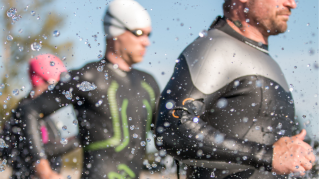
Building a Race Calendar for the Year Ahead
Are you planning your next season of triathlon races? Do you pick your races first and then plan around them or plan your season around your family and work commitments? Maybe you plan around Age Group qualifiers and European and World Championships. You may even choose IRONMAN events with a view to qualify for Kona.
How ever you choose your races and events its worth creating a plan.
The most effective way to create your plan is to climb your highest mountain on your favourite race bike and look down at the bigger picture. Identify what matters to you the most throughout the year of training and racing. Avoid the clashes with family holidays or big birthdays and the work conferences and other big meetings and get togethers.
Use a framework to prioritize the competing factors of race date and distance, camaraderie, and venue, course, and logistics considerations. Look at your calendar to find good windows for training and racing and then pick your races. This would enable you to build your race season with intention and in doing so, ensure that your race selection is aligned with both your life outside of triathlon and your priorities within it.
I’ve put together a free Workbook you can download and use to plan your best race season ever.
Get the Triathlon Season Planning Workbook
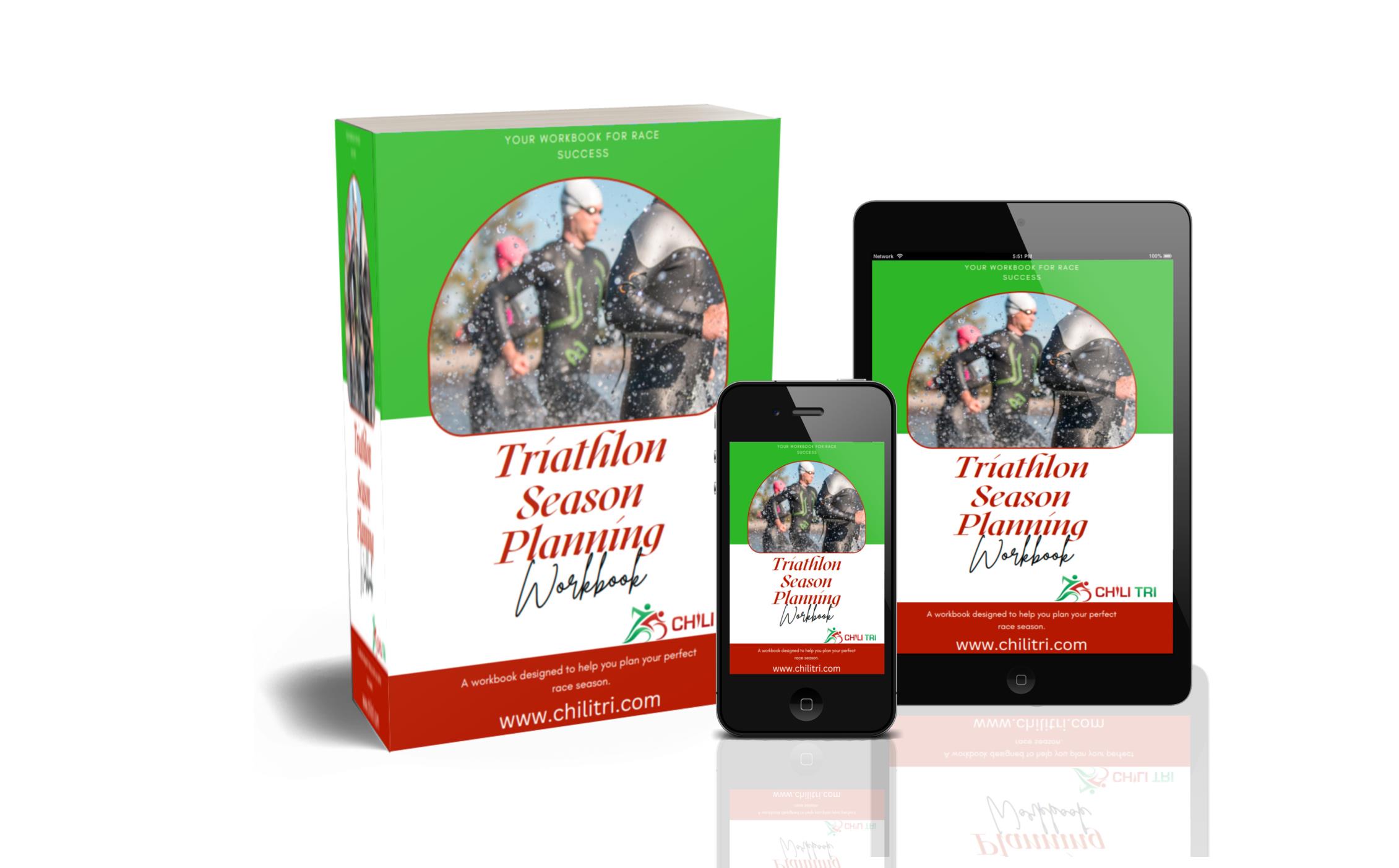
The Planning Phases
Phase 1: Consider Your Priorities
Your priorities provide the basis for your making all your other decisions. Your season planning will require trade-offs, as it will be very unusual to find a race that your friends are doing on the perfect weekend for your calendar at a perfect venue that’s easy to get to with a course that plays to your strengths. If you have found this perfect event jot it down in your planner!
But if you have not found your perfect event, how do you decide which of those factors matters most?
Identifying your Top Priorities
Why do you love triathlon?
It’s worth taking a little time to reflect on your last race season to understand what went well, what went not so well, what you really enjoyed and the aspects that you found not as pleasurable. I believe the training journey should be fun and it should not be all about the destination or race.
You can use the first section of the workbook you downloaded to reflect and note down what went well, and you enjoyed in training and racing and the areas you would improve.
For this coming season planning, consider how the areas of:
- Training Process
- Physical and Mental Outcomes
- Race Day
- Club Events/Social
- Location (Local or Overseas)
- AG Qualification Races
- European/World Championships
Factor into your enjoyment of the sport. Your Top Priorities represent how you will view trade-offs and compromises as you move through the season planning process.
Download you FREE Race Season Planner.
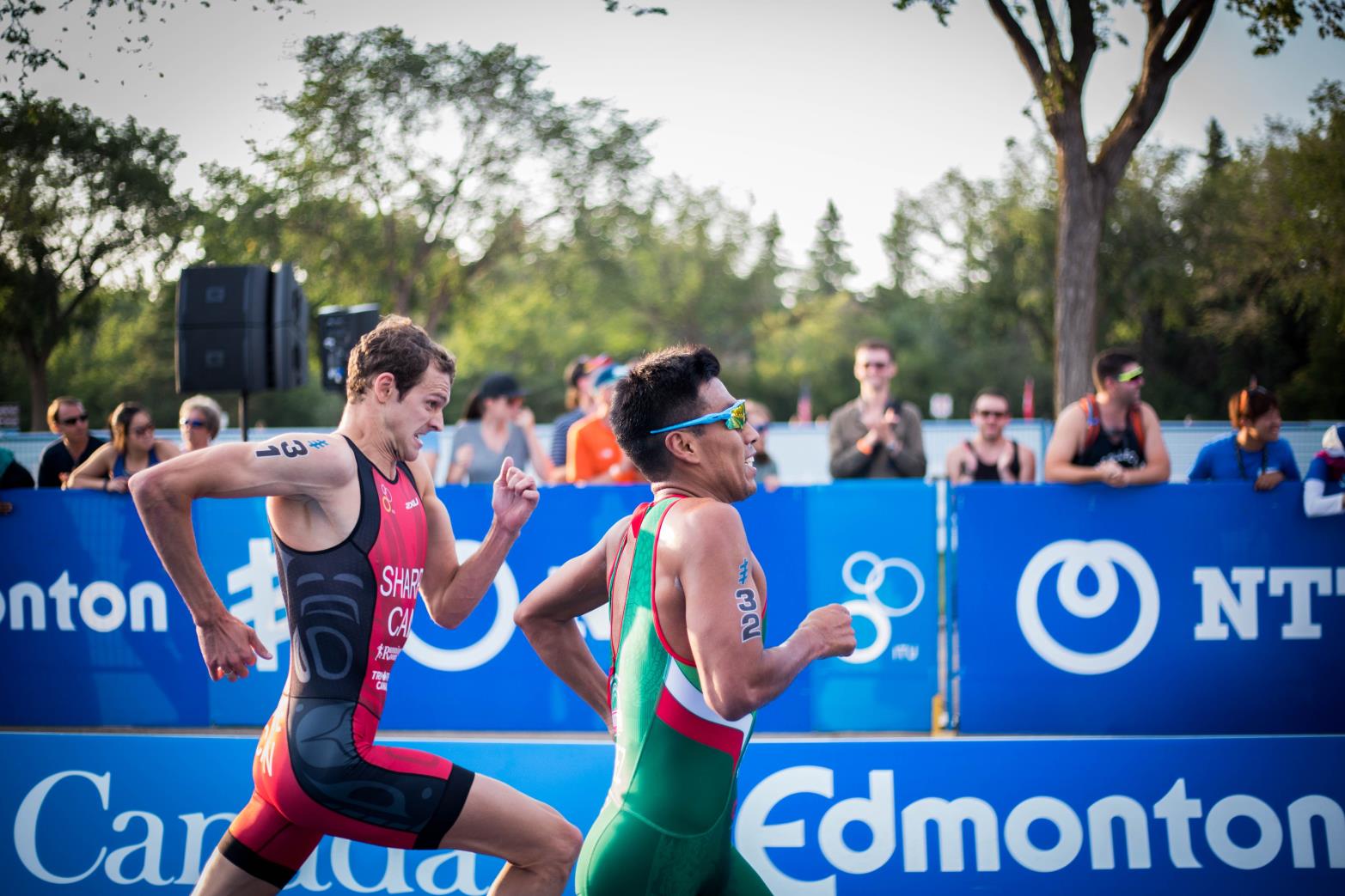
Photo by Victoire Joncheray on Unsplash
Secondary Priorities: What Contributes to Your Perfect Race?
All athletes work with the same considerations when selecting races:
- Race Date and Distance
- Camaraderie
- Venue
- Course
- Location and Logistics
The way you combine these considerations into your perfect race scenario will however be unique to you.
Use the brief descriptions of each Top Priority and typical associated Supporting Priorities below as a starting point. Does one description resonate with you, or do you see yourself in pieces of several descriptions? Home in on your Top one or two Priorities and then build your combination of Supporting Priorities to create your priority list.
What Type of Athlete are You?
- Training Process-Focused Athletes tend to enjoy the training almost more than racing. They typically prioritise Race Date and Distance in choosing races to ensure that they can execute their training.
- Outcome-Focused Athletes place a high emphasis on race results. They often focus on Race Date, Distance, and Race Course considerations to maximize their training execution and race day potential.
- Race-Day Driven Athletes just really, really love the whole race experience and get a buzz from racing. They want to fill their calendar liberally with Race Dates and Camaraderie often plays into race selection. Races are their key motivation to train.
- Socially-Driven Athletes value Camaraderie and Club above all. Their Top and Supporting Priorities are one and the same. Race Venue considerations often come into play as well, as you want to ensure that your host city supports the non-racing activities of your group or Club.
- Location-Driven Athletes use triathlon as an opportunity to explore a diverse range of Race Venues and Race Courses focus heavily on those considerations. They tend to love to travel and think nothing of packing up and flying to other countries.
- AG-Driven Athletes love to represent their county and don their Trisuit emblazoned with their flag. They chase qualification races and may also have back up races to ensure they qualify for the European or World Championship races. They may also have current Championships races they need to add into the race calendar mix.
- Logistics-Driven Athletes seek to minimize the chaos surrounding races; they often confine their races to drivable locations. Race Venue and Logistics considerations top their list of Supporting Priorities.
Download you FREE Race Season Planner.
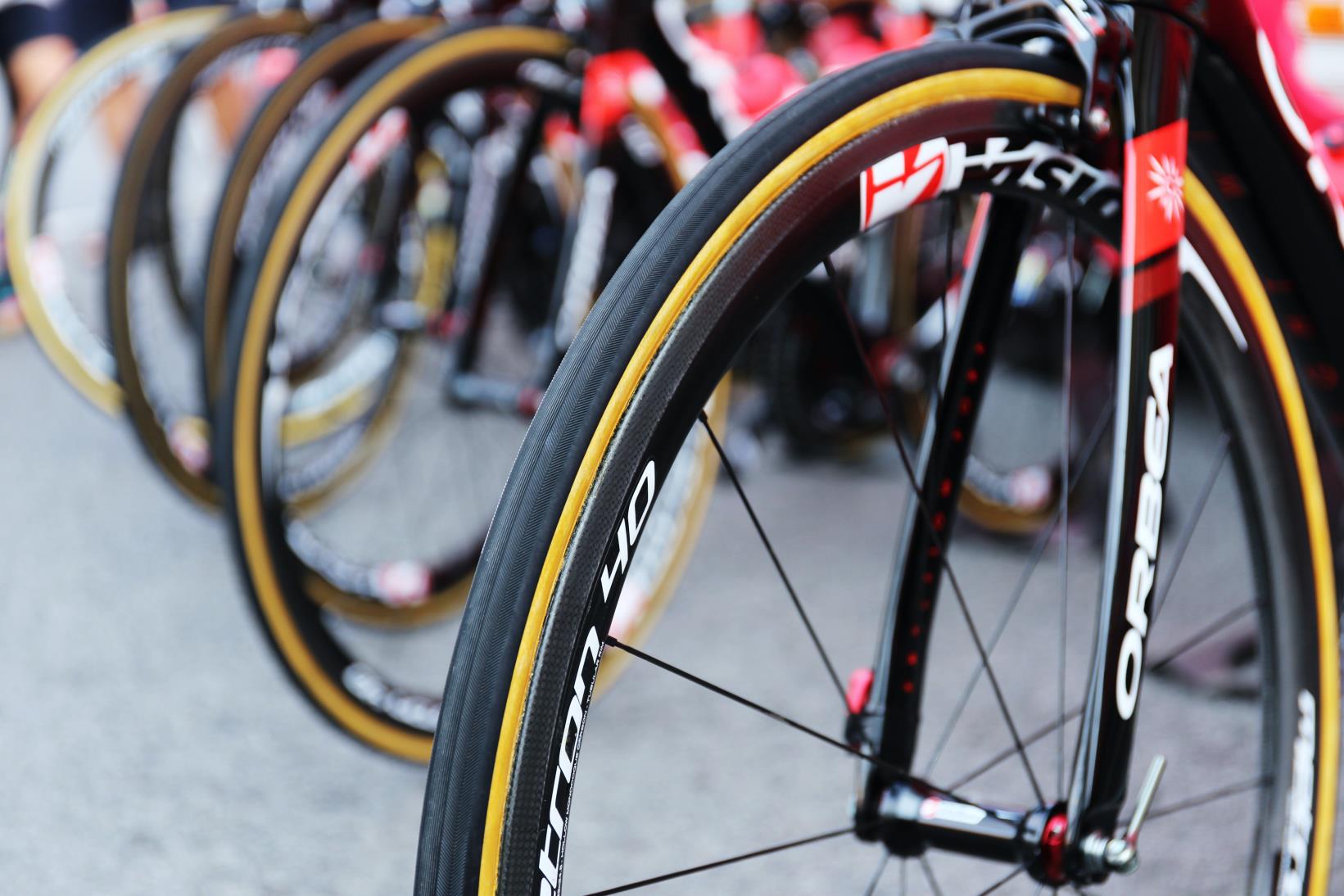
Photo by Daniel Llorente on Unsplash
Now that you’ve identified your Top and Secondary Priorities, make sure not to lose sight of them. On your worksheet:
Task 1: If you have one Top Priority, circle it on the provided workbook; if you have two, circle the top Top Priority and underline the second.
Task 2: Underline up to three Secondary Priorities.
Phase 2: Consider Race Distance and Training Volume
Selecting the race distances for your upcoming season, particularly your longest race distance, will drive your required training volume and time frame. You shouldn’t commit to that training without also considering the time you want/need to direct toward all the other things in your life: work, family and relationships, other hobbies, and additional commitments.
Next you need to take a look at the work/life/triathlon balance from both subjective and practical perspectives to understand how you will be allocating your time next year. You will use that to confirm your race distances and draft a Rough Outline for your upcoming season.
Where Does Triathlon Fit Within the Rest of Your Life?
This question asks you to consider where triathlon ranks relative to the other pieces of your life. For the purpose of season planning, you will look at how well your balancing act and your prioritization interacted with the other aspects of your life this year in order to determine what changes, if any, you can, want to, or should make for next year. Use the first page of the workbook and your reflections on your last race season to help with this process.
- This past Year’s Balance: How did it feel to complete your training alongside everything else that exists in your life? Did it feel manageable? Challenging? Both, but at different times?
- This past Year’s Prioritization: Did the relative prioritization of training and racing work for you? Did it work for the people who you spend time with? How about the ones you work for?
- Next Year: Taking those two observations into account, do you want or need to increase, decrease, or maintain a similar level and style of engagement with triathlon for the upcoming year?
With your engagement level defined, you are ready to draft a Rough Outline for your upcoming season. In your workbook:
Task 3: Note the number of races at each distance that you trained for this year. (Trained for, even if you didn’t start or finish the race.)
Task 4: Then, incorporating your insights from above, note how many races at each distance you would like to sign up for next year.
How much of your life is taken up with Triathlon?
Now you need to take more of a look at your life outside of triathlon and make sure you have enough time to train, travel and race. First look at the time you dedicated to triathlon this past year aligned with your race distances and then estimate whether your time available for triathlon next year will be the same as or changed from this year.
- Triathlon This Past Year: Did your training volume this year adequately prepare you for your race distance, and secondarily your race goals? If not, did you underestimate the training required, get side-lined by illness or injury, or have your training limited due to another triathlon-specific factor?
- All the Other Things this Past Year: Did chronic time constraints, one-off work or personal conflicts, illness or injury, or other work or life factors impact your ability to train this year? Were those unique to last year or are they ongoing factors?
- All the Other Things Next Year: Looking at your general buckets of work, family, friends, and other hobbies or commitments, will each of these buckets have similar, increasing, or decreasing demands on your time next year relative to this year? Is anything being added or removed from a bucket?
- Triathlon Next Year: Taking these observations into account, do you feel that your life can accommodate more, less, or similar training volume next year? And do you need to modify how you associate training volume or potential volume with the race distance that you can ultimately prepare for?
With greater clarity on your availability to train and how that corresponds to race distances, create a Revised Outline for your upcoming season in your workbook:
Task 5: Incorporating your insights from above, update as appropriate the number of races at each distance you would like to sign up for next year.
Download you FREE Race Season Planner.
.jpg)
Photo by Christopher Eden on Unsplash
Phase 3: Your Race Calendar
Your calendar for the upcoming year provides the context through which you can expand
your Outline into a Rough Draft. Identifying obvious training conflicts and challenges as well as weeks and months with few anticipated outside impacts on training guides you toward windows where training and racing fit naturally into your calendar.
When Are Your No Race Dates and Busy Months?
Open your planner or digital calendar and flip to the year-long view. Find those blocked dates when you know your training will be severely limited: vacations or holidays, major personal or work events or conferences, or anything else on the calendar that will dramatically interfere with training. Next, look for months or weeks where consistent training is challenging, times where you take frequent vacations, busy seasons at work, or windows of higher-than-usual family obligations, for example.
Note those dates and seasons on the calendar provided in your workbook:
Task 6: First, using a dark-coloured pencil or bold/all-caps writing, note your training or race no go weeks or months.
Task 7: Next, using a light-coloured pencil or smaller or lowercase writing, note your busy seasons.
Where Is the Natural Training Season Within Your Upcoming Year?
Now step back and look at the calendar in your workbook. Where are the wide-open spaces where training can be scheduled without conflict, and where are the anticipated challenges? Your goal is to place the races on your calendar such that the training they require avoids those challenges. The following guidelines can help fine-tune your race placement:
- Depending on your base fitness, prior race distances, and how much fitness you have retained onto since your last race of the season, you will need to allow for 3-6 months of training to prepare for a long-course race and 2-4 months to prepare for a short-course race.
- You specifically want to avoid training conflicts for 6-8 weeks leading into a long-course race and 3-5 weeks leading into a short-course race.
- Give yourself adequate time between “A” races: depending on your depth of experience and race distance, plan for a minimum of 5-8 weeks for long-course and 2-4 for short-course. Don’t worry about the weeks or months when you are unable to train due to work or home life between A races, particularly for long-course athletes as some time off can be beneficial.
- You may want to schedule a tune-up race before your “A” race; 4-12 weeks prior to the “A” race for long-course and 2-6 weeks for short-course.
- Make sure you build in Tapers before you’re a races and Recovery weeks after – especially the long course races.
Overlaying the races listed in your Revised Outline onto your calendar may have fit like a perfectly or maybe not so much. Your Top Priorities will guide how to navigate the trade-off between scheduling your training and your racing, including possibly taking a few races off your list.
Evaluate your trade-offs, update your race numbers at each distance if appropriate, and identify ideal or potential race weekends or windows to create your Rough Draft in your workbook:
Task 8: Update as appropriate the number of races at each distance you would like to sign up for next year and note the weekends or months in which you’d like to do those races.
Download you FREE Race Season Planner.
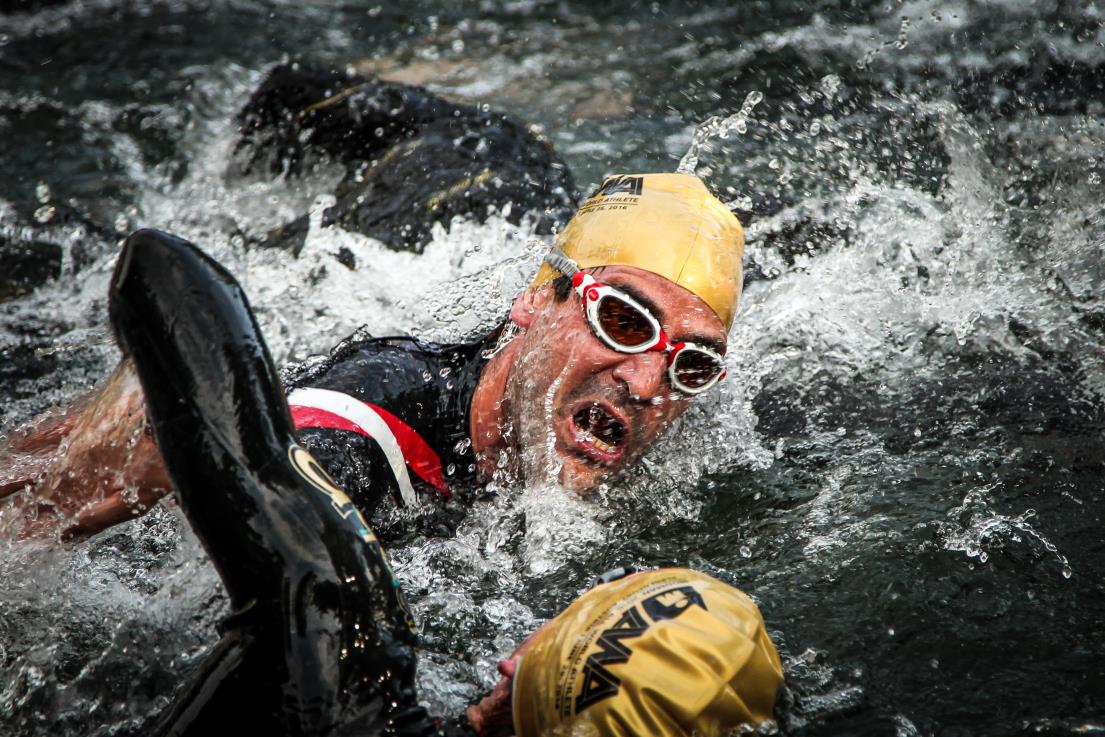
Photo by Mario La Pergola on Unsplash
Phase 4: Final Race Selection
Now you have done your planning you can finally head to the Internet and start scanning online race calendars. Those calendars inevitably won’t align perfectly with your Rough Draft, but that’s okay. Through your work above, you have developed a sensible framework through which you can quickly and easily evaluate all the race choices you scroll through. You know which dates and race distances are ideal for your calendar, but also have your Top and Supporting Priorities to guide your evaluation of other considerations.
Which Races Align with you Life?
Compare your calendar and priorities to the race lists online and look for those races that align with your life commitments. Use your Top and Secondary Priorities to navigate trade-offs and compromises. If Race Venue, Race Course, or Logistics are a priority for you, be sure to dig deeper into your specific priorities within those factors.
- Race Venue Considerations: Is this a city that you’re excited to visit? What is the vibe of the city? What do the city and its surrounding area offer by way of attractions, nightlife, dining, etcetera? Is accommodation expensive and/or need to be booked months in advance?
- Race Course Considerations: Is the swim in a reservoir, lake, river, or open body of water, and what are the typical water conditions? Is the bike course flat, rolling, or hilly? Same thing for the run course: is it flat, rolling, or hilly? Also, is there shade on the course? Is it a single-transition race or a split-transition race? How is the crowd support along the course? Is it spectator friendly? What is the typical climate on race weekend?
- Logistics and Travel Considerations: How will you get there, and how long will it take? What about your bike? Where will you stay, and do you need a car? Is there a time change, and if so, how many hours? What’s the local cuisine like relative to what you are used to eating?
Download you FREE Race Season Planner.
Finalising you Race Season
Well done you have completed the process of identifying your priorities, evaluating your time available for training, and understanding when that training fits on your calendar. You found races that fit all three of those criteria or come as close as they can to doing so. You planned your season with purpose and set yourself up to enjoy it because your season plan aligns with what matters to you.
Finally with your race season solidified, you can now submit the Final Draft of your season plan in your workbook:
Task 9: Note your chosen races and race dates on your Final Draft. Add reminders to register if you have not done that today.
Task 10: Using a brightly coloured marker add your race choices to the calendar on your worksheet. And tape the completed worksheet to your refrigerator if you want your household to know your races and their no-go zones!
Now to start training…
Download you FREE Race Season Planner.
If you need help planning your race season, need a race plan or 121 coaching then get in touch: karen.parnell@chilitri.com
Karen Parnell is a Level 3 British Triathlon and IRONMAN Certified Coach, 8020 Endurance Certified Coach, WOWSA Level 3 open water swimming coach and NASM Personal Trainer and Sports Technology Writer.
Karen is currently studying for an MSc in Sports Performance Coaching at the University of Stirling.
Need a training plan? I have plans on TrainingPeaks and FinalSurge:
I also coach a very small number of athletes one to one for all triathlon and multi-sport distances, open water swimming events and running races, email me for details and availability. Karen.parnell@chilitri.com
Get your FREE Guide to Running Speed and Technique
Get your FREE Swim Workouts for Triathletes E-book
Get your FREE Open Water Swimming Sessions E-Book
Get you FREE 31 Structured Indoor Cycling Sessions and Training Plan
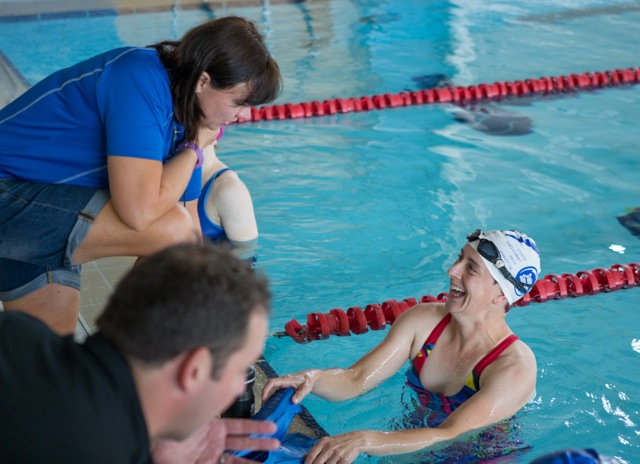
Coach Karen working with a triathlete on their swimming stroke
FAQ for triathlon race season planning
Q1: What is triathlon race season planning?
Triathlon race season planning involves strategically organizing and scheduling triathlon races throughout the year to optimize training, performance, and recovery.
Q2: Why is race season planning important for triathletes?
Planning the race season helps triathletes set goals, manage training loads, avoid burnout, and peak at key events. It allows for a structured approach to achieving peak performance during target races.
Q3: How do I choose my target races for the season?
Consider factors such as race distance, location, terrain, and personal preferences. Choose events that align with your strengths and goals, and ensure they fit into your overall training schedule.
Q4: How far in advance should I plan my race season?
Ideally, plan your race season 6-12 months in advance. This allows for proper training cycles, recovery periods, and flexibility to adjust based on progress or unforeseen circumstances.
Q5: What factors should I consider when scheduling races?
Consider the spacing between races, the level of competition, the type of courses, and your personal commitments. Avoid clustering races too closely, allowing for proper recovery between events.
Q6: How do I balance training and racing throughout the season?
Plan training cycles that include base, build, peak, and recovery phases. Schedule races during the peak phase when you expect to be in peak physical condition. Adjust training intensity and volume leading up to race events.
Q7: What role does recovery play in race season planning?
Recovery is crucial for avoiding overtraining and injuries. Plan rest weeks, easy training blocks, and post-race recovery periods. Consider the cumulative fatigue from multiple races and adjust your schedule accordingly.
Q8: Can I incorporate other events into my race season plan?
Yes, consider including tune-up races or events that complement your triathlon training. These can serve as valuable practice and preparation opportunities.
Q9: How should I adapt my plan if unexpected events occur?
Be flexible. Life can bring unexpected challenges. If needed, adjust your race schedule and training plan. Focus on the bigger picture and long-term goals.
Q10: Should I consult a coach for race season planning?
While not mandatory, working with a coach can provide personalized guidance, expertise, and accountability. A coach can help tailor your race season plan to your specific strengths, weaknesses, and goals.
Remember, individual needs may vary, and it's essential to listen to your body, monitor progress, and adjust as necessary throughout the season.
#traithlontrainingplans #runningtrainingplans #swimmingtrainingplans
